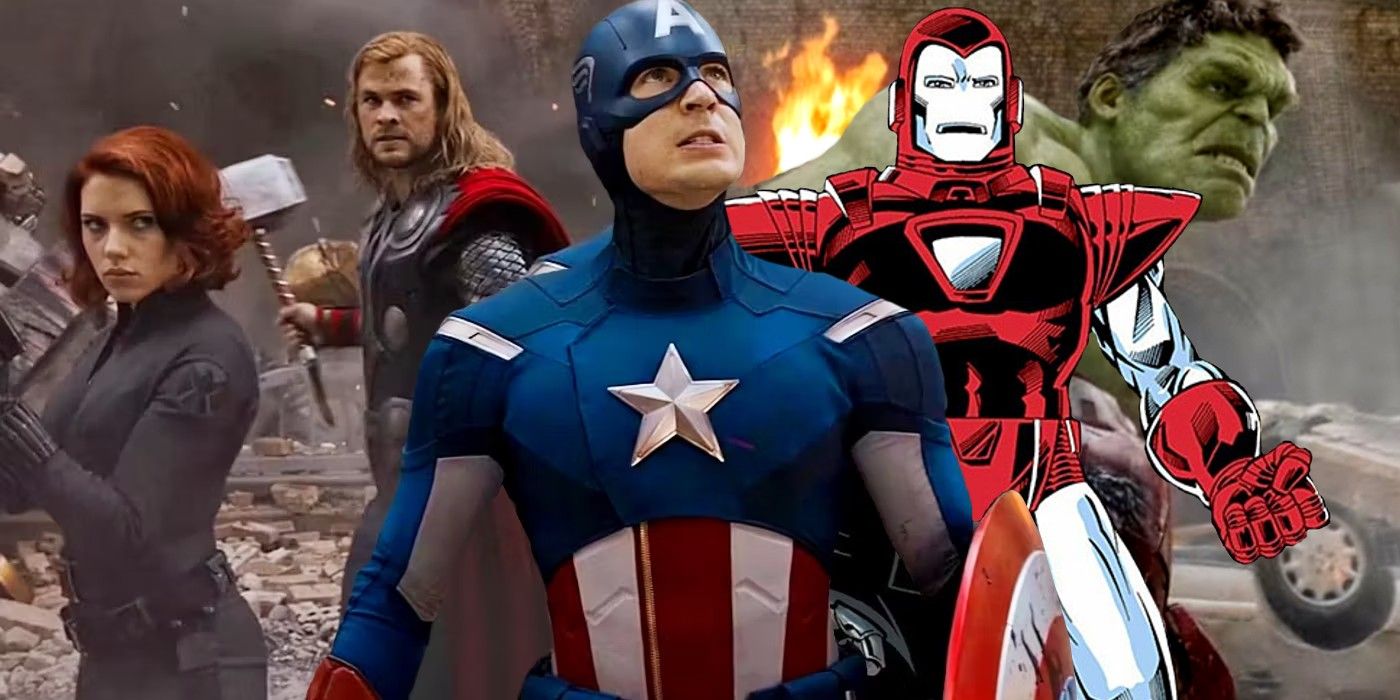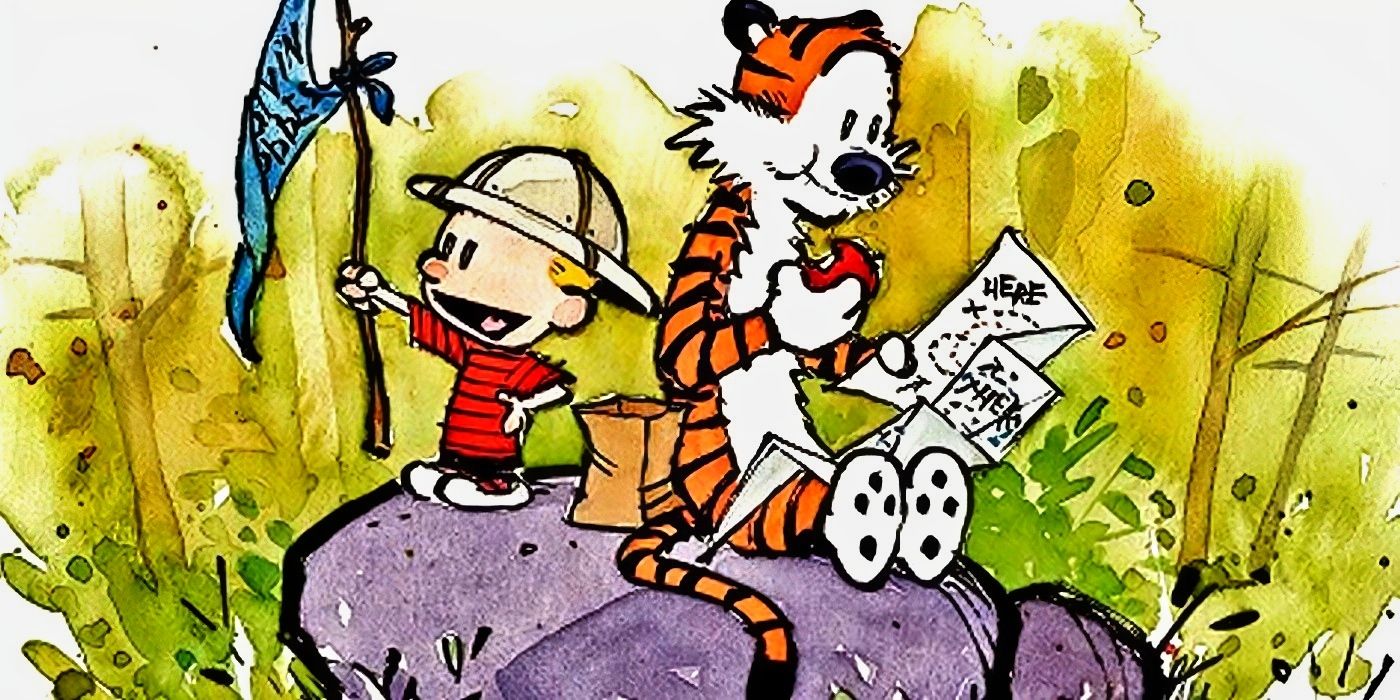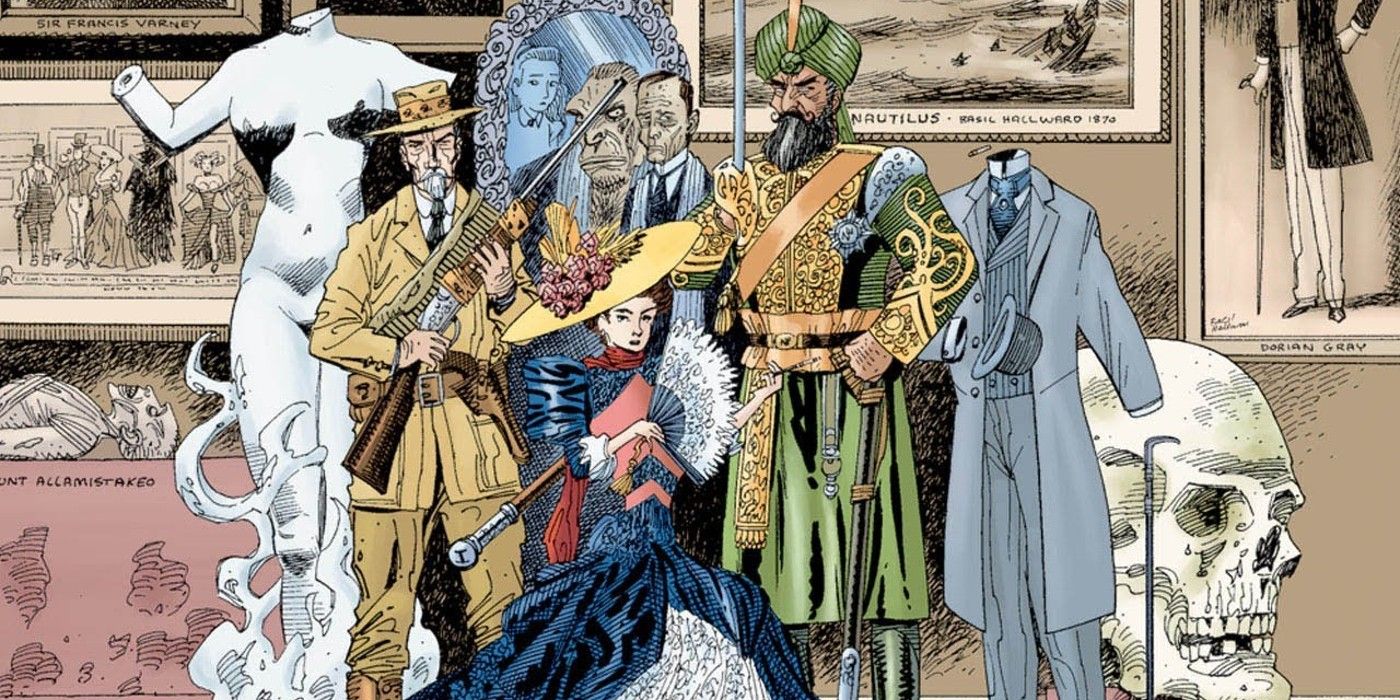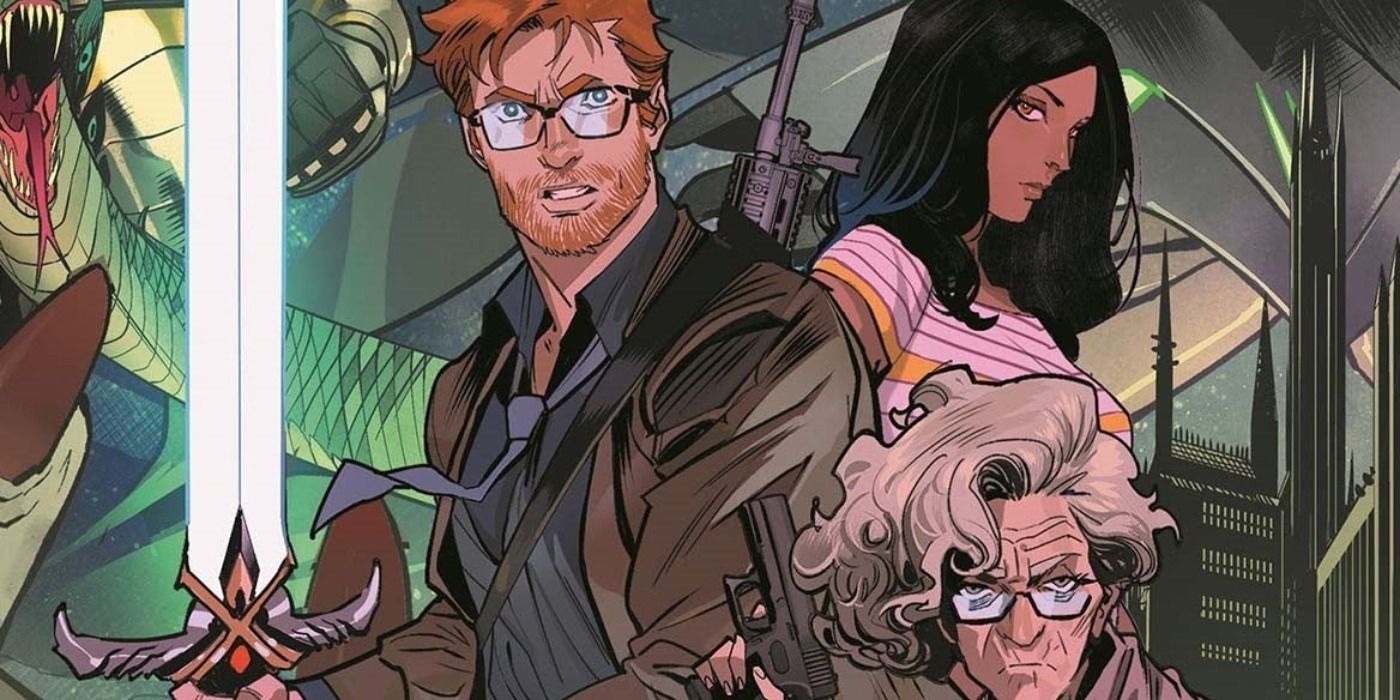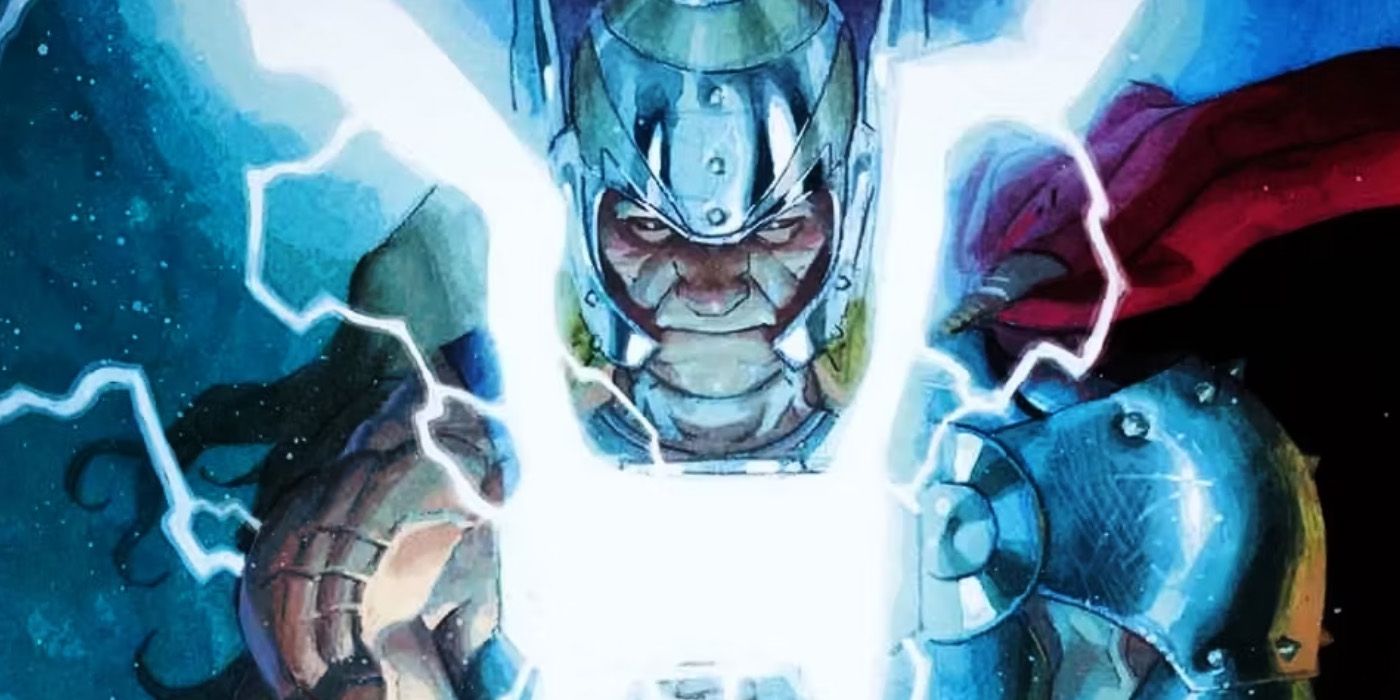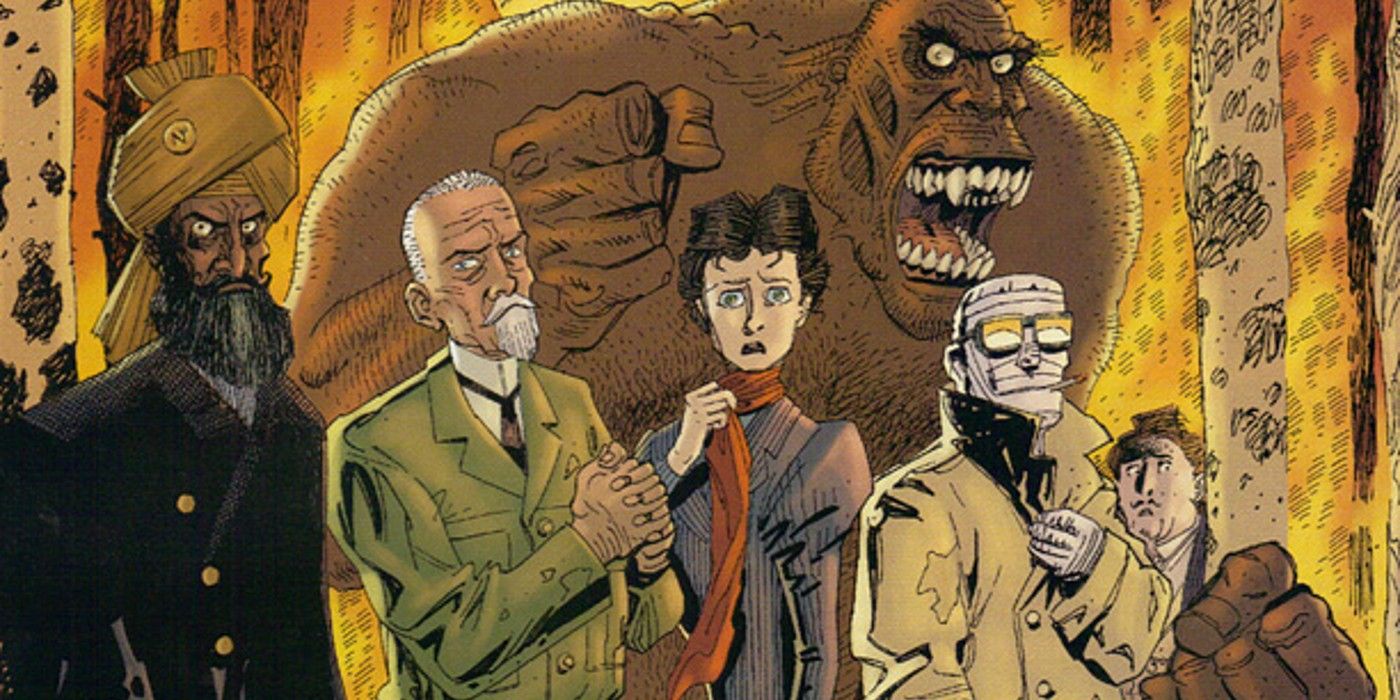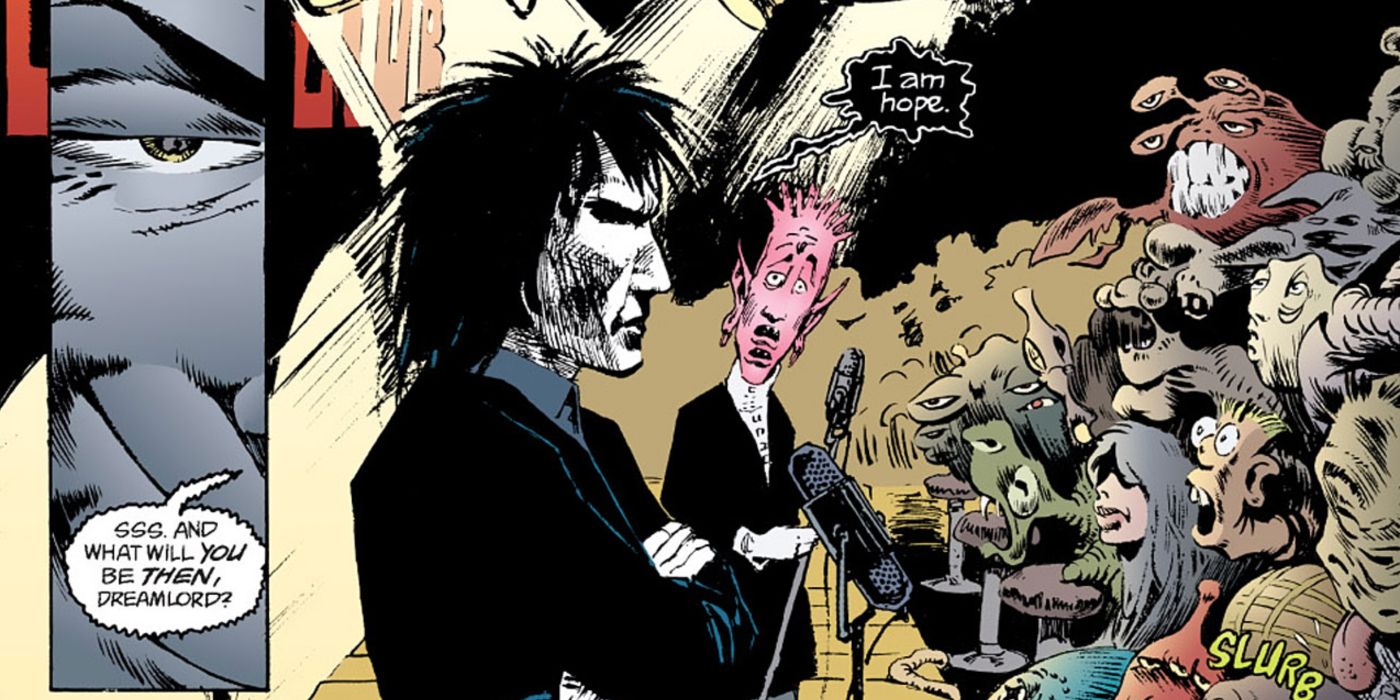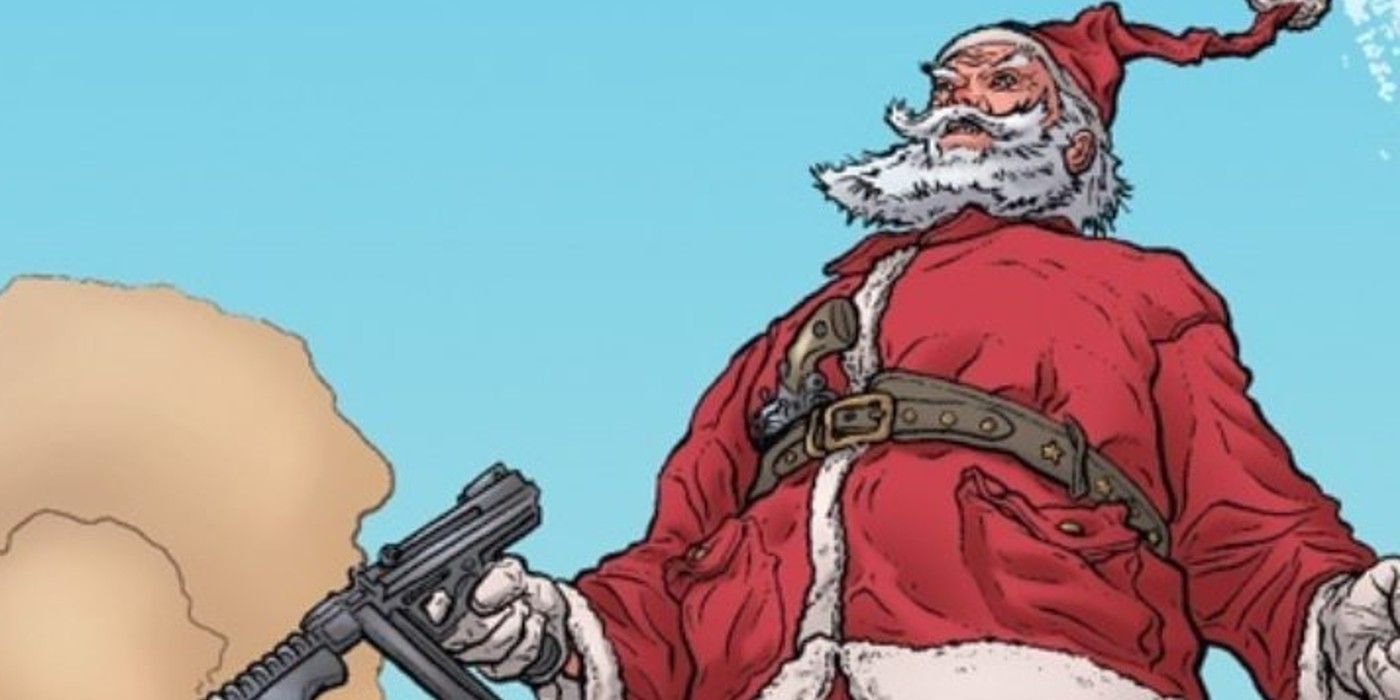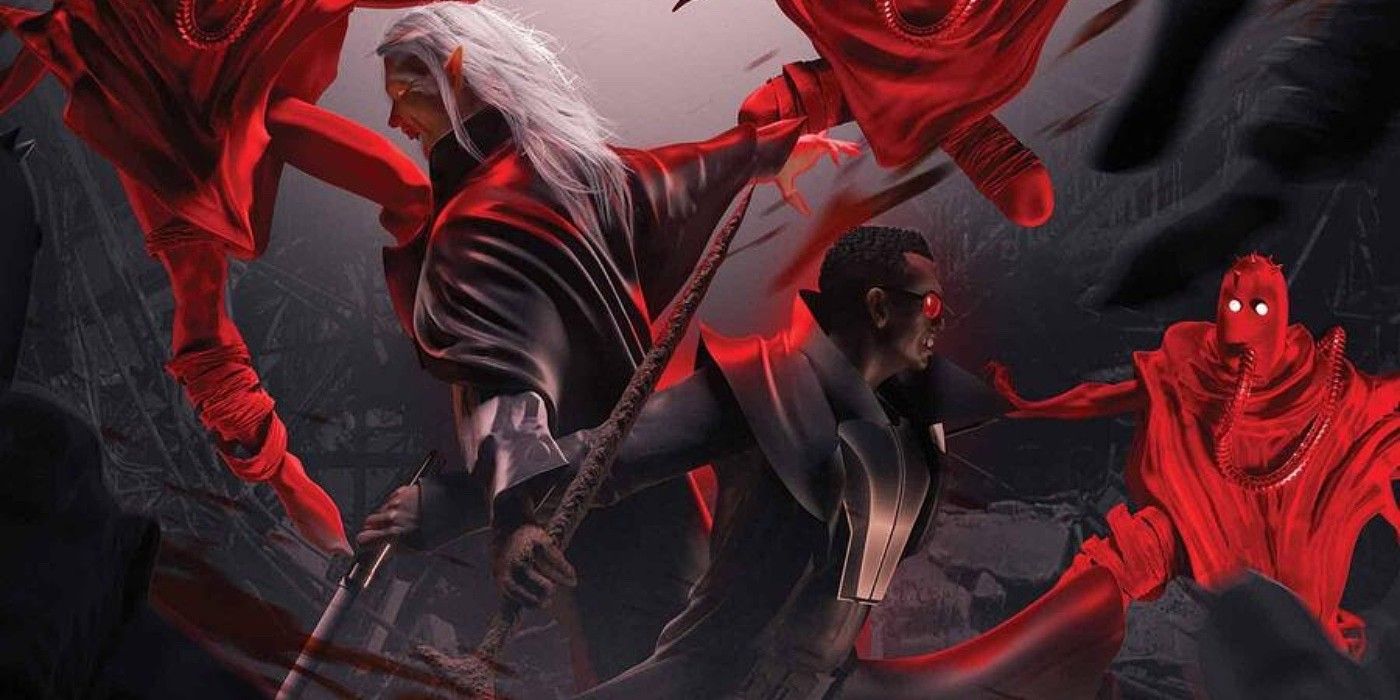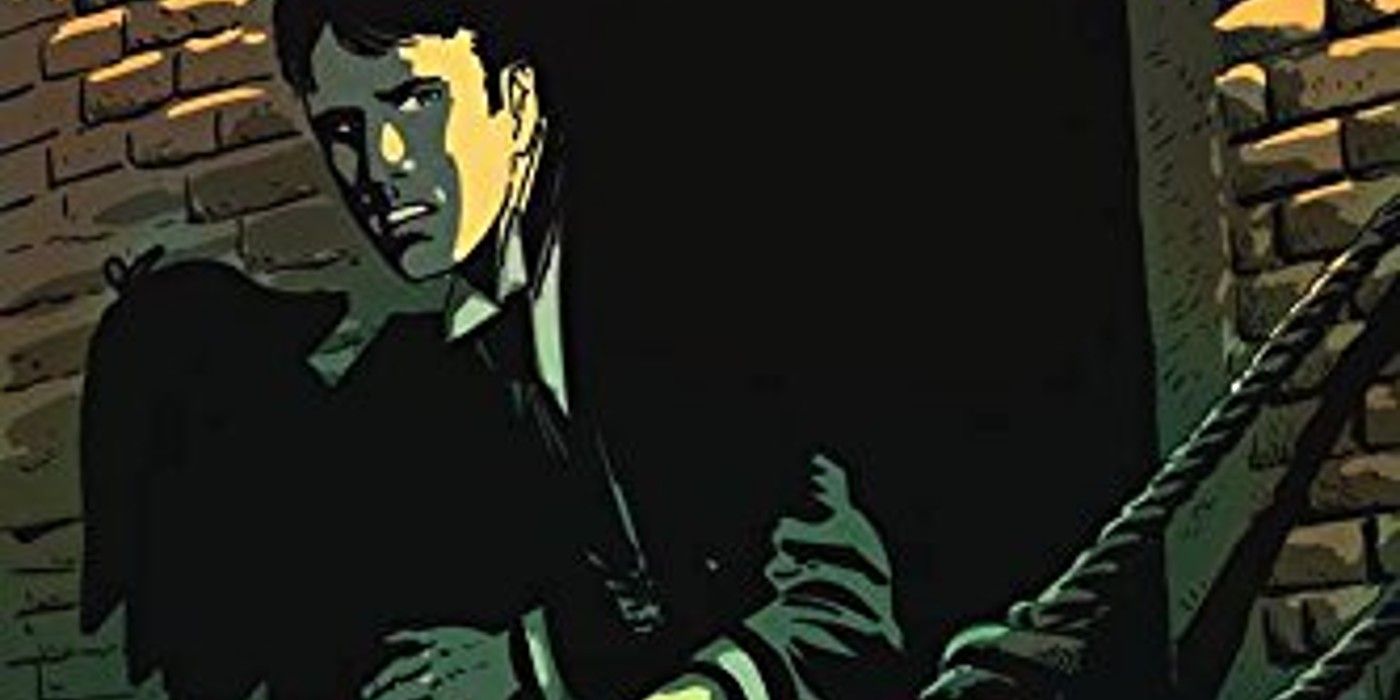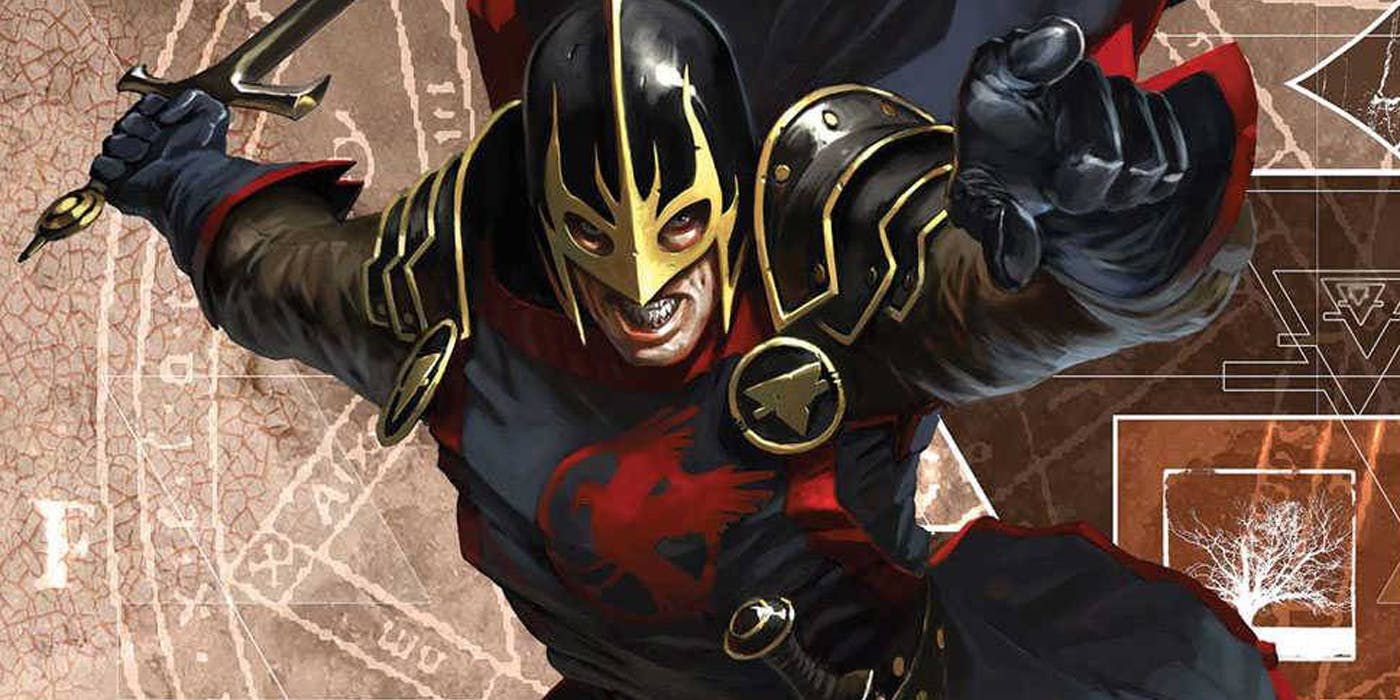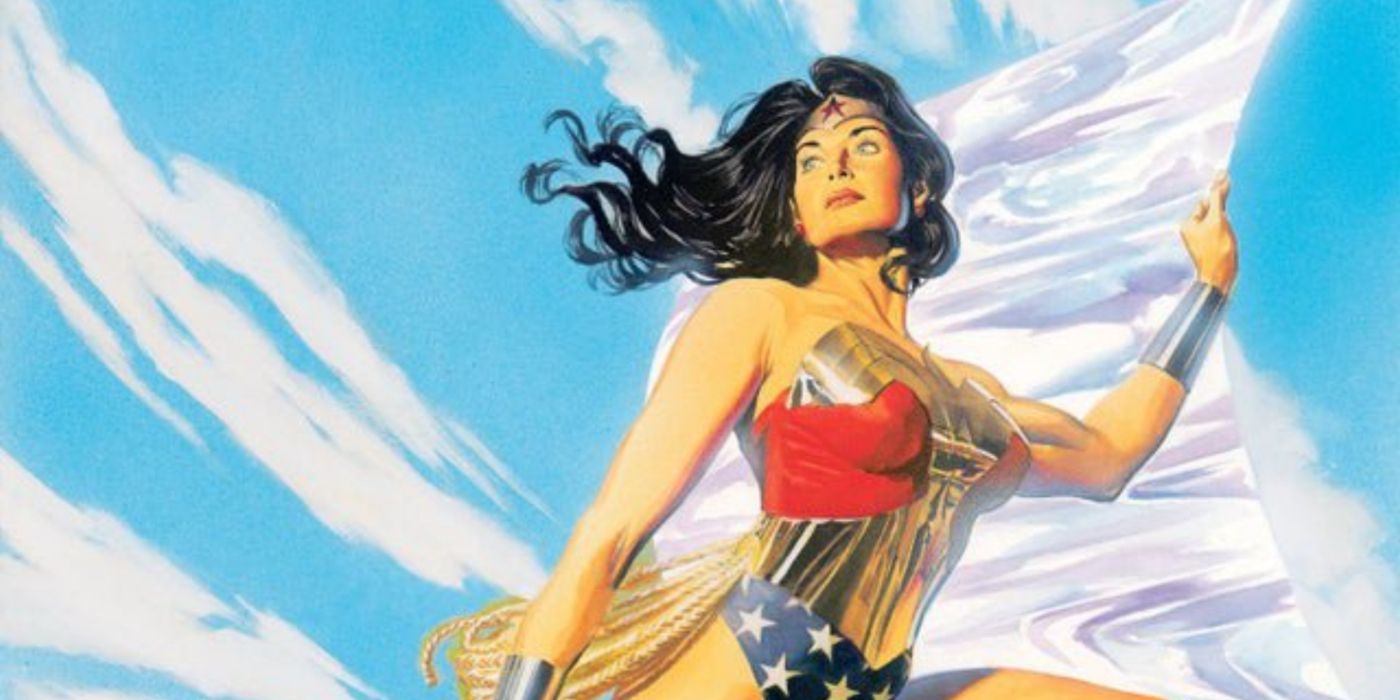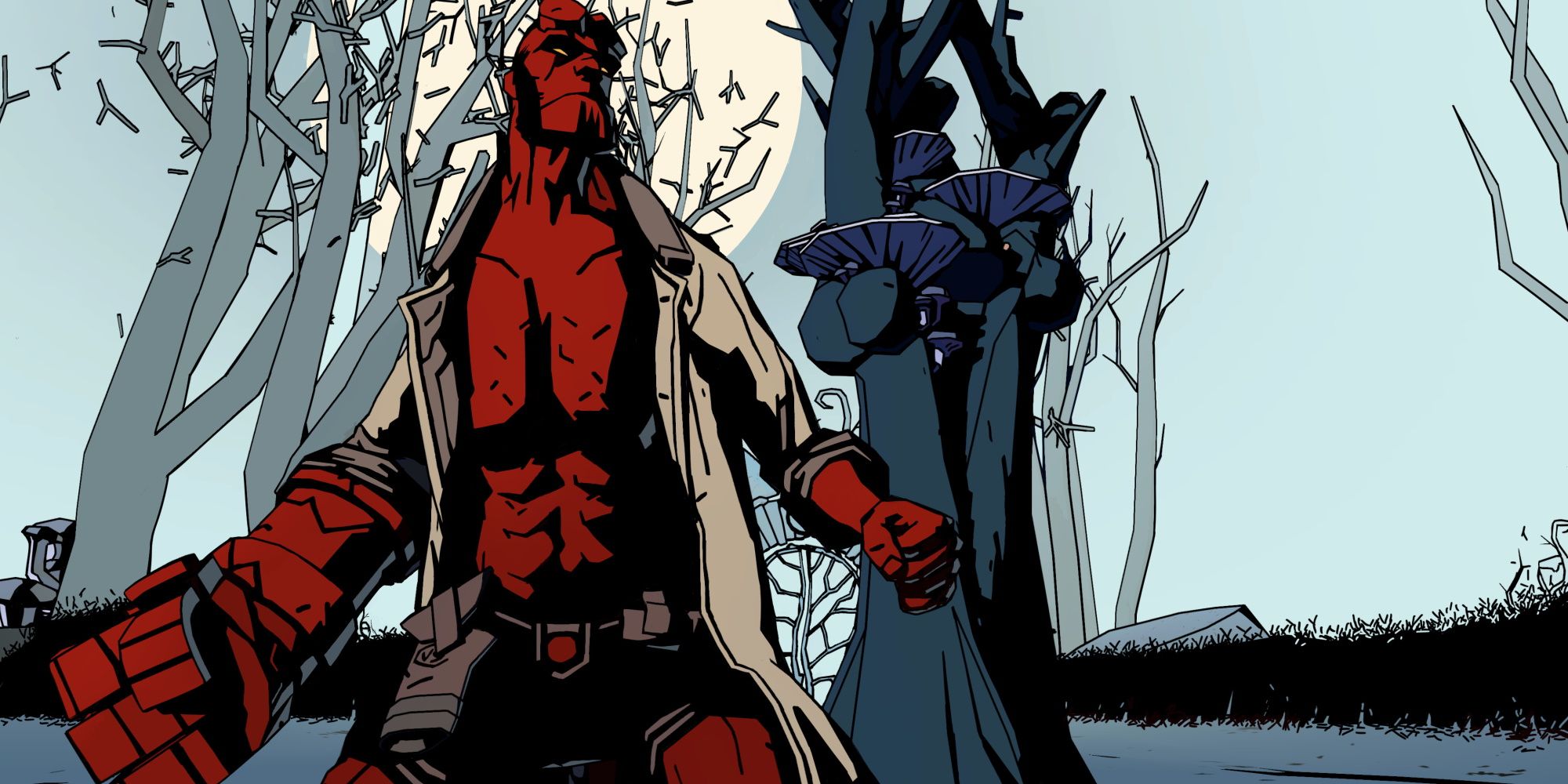Many of the best comics in the world have used public domain characters at some point in their run. Indeed, with the Marvel Cinematic Universe launching into its fifth phase in 2023 there will likely be further examples of those out-of-copyright figures making their way from the page to the big and small screen. The benefit of using one of these figures is that mainstream audiences will immediately recognize them from previous projects, building in a sense of connection. But Marvel Comics isn't the only publisher to feature these universally beloved characters as part of their printed narratives over the years.
Some of the most well-known comic book companies, Image to DC Comics to Dynamite Entertainment, have all turned to familiar faces for a little boost in star power. Often these figures are brought into pre-existing comic lore to help build out the mythology of those particular universes, but it's also always fun to see a new interpretation of a pop culture figure, especially in the comic book medium. These examples always found worthwhile ways to include them within a significant narrative.
10 Once & Future (2019-2022)
Once & Future from BOOM! Studios was created by Kieron Gillen, with art by Dan Mora and colors by Tamra Bonvillain. The basic premise sees a young hero learn of the reality of stories in the real world, with his the first threat posing as King Arthur, Merlin, and the Knights of Camelot. The crossovers escalate from there.
Beowulf makes a very rapid appearance soon after, as does the cast of Hot Fuzz. This is arguably the best comic book story featuring King Arthur and it's refreshing to see modern mythology mixed with classic imagery in such an innovative and refreshing way. The run has made fantastic use of these well-known worlds but applied them with great humor and action-packed spectacle.
9 Thor (1962-)
Since Thor's very first comic book narrative in Journey into Mystery Issue 83 from 1952, the Marvel Universe has been home to Norse mythology to great success. Across Thor's own run, multiple characters from the public domain which have traced their origins to the cultures and lore of various ancient civilizations, have been featured as both antagonists and allies to the God of Thunder.
The powerful Asgardian Gods of Marvel Comics have become some of Marvel's most significant figures, but the comic book company is not afraid to go back to the drawing board and reimagine these long-storied characters in innovative ways. Thor's line might largely stick to the Norse realms, but it isn't unheard of to see the mythologies of countless other worlds making an impact.
8 League Of Extraordinary Gentleman (1999-)
Created by writer Alan Moore and artist Kevin O'Neill, the League of Extraordinary Gentleman was a team of heroes made up of well-known from heroes and anti-heroes from across literary classics. The Invisible Man, Captain Nemo, Dr. Jekyll, and even Professor Moriarty are just a couple of the major names from the public domain that have shown up in the comic.
Although the run has changed publishers many times, no matter where it's housed it's still among Alan Moore's most underrated works. The 2003 cinematic adaptation perhaps didn't do the project justice, but this novel team of book-based characters is charismatic, quirky, and open to the potential of an infinite array of stories.
7 The Sandman (1989-)
Crafted by Neil Gaiman alongside a whole host of different artists, this DC Comics and Vertigo mainstay was a tiny peek inside the mind of the creative genius. The protagonist, Sandman himself, is in the public domain, with the relatives of Morpheus all taken from various religious and cultural texts to enrich the story. Prospero, Lucifer, and the Muses are just a small selection of those chosen for the run.
Although Greek mythology might be one of the areas that Gaiman draws from the most, biblical imagery and the lore of other civilizations aren't ignored here. Even death, in an almost Dickensian sense, makes an appearance. The small-screen portrayal of this beloved run didn't shy away from those figures who might have appeared elsewhere, helping the show to feel somewhat timeless in its fable-making.
6 The Last Christmas (2006)
Santa Claus is one of those few characters that appears in millions of different incarnations, for almost every comic book publisher. Whether it's the big two of DC and Marvel who have featured big red in their holiday specials or indie runs based on St. Nick, everyone has had a go at writing for the festive figure.
The must-read Image Comics installment that's worth mentioning is The Last Christmas, which features an especially violent Father Christmas, created by Rick Remender, Brian Posehn, and Gerry Duggan of Deadpool fame. Attempting to rid the world of the naughty after a North Pole tragedy, Santa is powered by one young believer who could turn it all around. It's bloody, hilarious, and full of festive delights.
5 Blade (1973-)
Blade first appeared in The Tomb of Dracula Issue 10 for Marvel Comics, which illustrates the point beautifully that the character has always been tied to other greats from the public domain. The vampire hunter naturally had to track down some infamous bloodsuckers and Dracula is just one of many that have had the unfortunate fate of crossing paths with the killer.
Heroes like Han Velsing and monstrous beings such as Nosferatu have been written into Blade's lore alongside new creations like Morbius the Living Vampire. This combination of gothic literature and Marvel's fantasy landscape has been fully welcomed by readers, who have enjoyed how these monster movie giants have been utilized on the page in Blade's legendary comic run.
4 Sherlock Holmes: Year One (2011)
Some people might not realize that Sherlock Holmes is in the public domain at all. The great detective has shown up in Marvel and DC, alongside his many friends and foes that have made the mysteries of Arthur Conan Doyle's imagination so compelling. But Dynamite Entertainment has produced a comic that should definitely be added to the reading list.
Created by writer Scott Beatty and artist Daniel Indro, this Sherlock Holmes adapted story takes the 'Year One' formula that fans of the medium would have seen before and applies it to the young hero. Showing Holmes in his youth, this is an origin of sorts that takes the writings of the literary inspiration and adds some further depth and color, that takes advantage of the platform.
3 Black Knight (1967-)
The concept of the Black Knight is not a new one and absolutely unoriginal for Marvel Comics. Medieval mythology has always imagined a mysterious figure that rides in black, serving as both a villain and a vigilante in each interpretation. Marvel didn't just stop there though when Black Knight was first introduced in The Avengers Issue 47.
Heading back to Camelot once more, Arthurian legends have been woven into Black Knight's journey with the Ebony Blade, crossing paths with the Sword in the Stone, Merlin, Arthur himself, and the famous knights. The current Black Knight is said to be a descendant of Sir Percy, Dane Whitman thus adding to the long line of developing stories spun from this public domain fable.
2 Wonder Woman (1941-)
DC Comics have also tapped into the potential of godly mythology with their run of Wonder Woman. The character initially debuted in All Star Comics Issue 8, but she has come a long way since that early interpretation. Diana Prince is a full-fledged Amazonian warrior just like the legends themselves and has been surrounded by the Olympian Pantheon.
Roman and Greek mythology builds the foundation of Wonder Woman, but many of the Justice League member's best stories have touched on myths ranging far beyond Diana's traditional setting, with the public domain throwing up deities from across history. There is no shortage of storytelling wealth for Wonder Woman's comics because every folktale is up for grabs.
1 Hellboy (1993-)
Hellboy is such an intriguing case as many of the personalities introduced in the run feel as if they have been around for generations. That notion that the comic run which began with San Diego Comic-Con Comics Issue 2, could really be a dark twist on any fairy tale, is why characters from the public domain have slotted into the open world so effortlessly.
Folk characters like Baba Yaga and Herne the Hunter, alongside fantastic monstrous villains from Hellboy history, have all contributed to this incredibly deep narrative tapestry that was first dreamed up by Mike Mignola. Further figures could naturally find themselves in the pages of one of the Dark Horse comics in the future, albeit with a shadowy premise applied.



